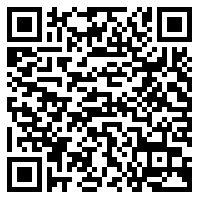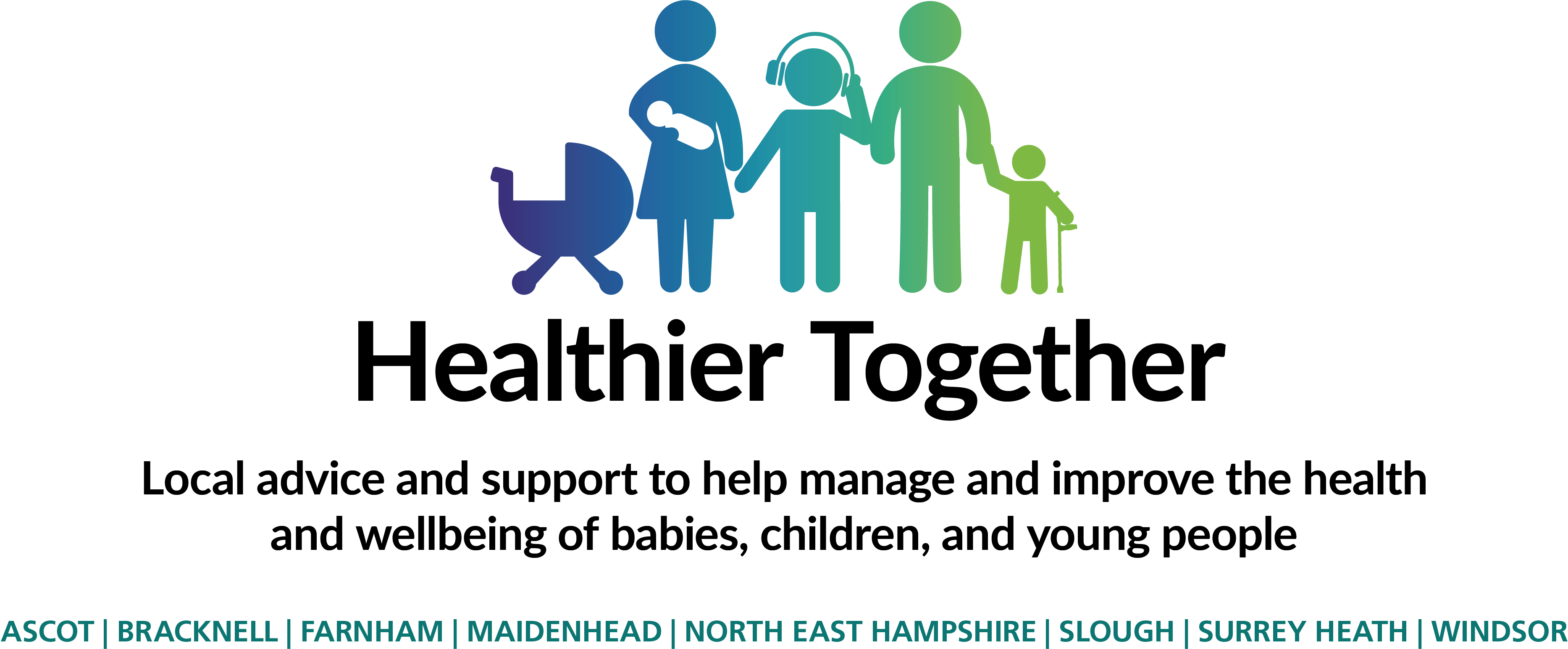Fever and Rash
If your child has any of the following features:
- Is going blue around the lips
- Too breathless to talk / eat or drink
- Becomes pale, mottled and feels abnormally cold to touch
- Becomes extremely agitated, confused or very lethargic (difficult to wake)
- Develops a rash that does not disappear with pressure (the ‘Glass Test’)
- Develops swollen lips, a swollen tongue and is struggling to breath
- Is under 3 months of age with a temperature of 38°C / 100.4°F or above (unless fever in the 48 hours following vaccinations and no other red or amber features)
You need urgent help.
Go to the nearest Hospital Emergency (A&E) Department or phone 999
If your child has any of the following features:
- Develops a painful rash
- Develops a blistering rash
- Develops a rash affecting more that 90% of their body
- Has had chickenpox in the past few days and is now getting more unwell with a high fever and spreading red rash
- Develops red lips or a red tongue
- Develops significant skin peeling
- Is 3-6 months of age with a temperature of 39°C / 102.2°F or above (but fever is common in babies up to 2 days after they receive vaccinations)
- Continues to have a fever of 38.0°C or above for more than 5 days
You need to contact a doctor or nurse today.
Please ring your GP surgery or contact NHS 111 - dial 111 or for children aged 5 years and above visit 111.nhs.uk
- If none of the above features is present, most children with fever and rash can be safely managed at home.
- If you think that this is a worsening of your child’s eczema, optimise your child’s eczema treatment or see their GP or practice nurse.
- Additional advice is also available to young families for coping with crying of well babies – click here.
Self care
Continue providing your child’s care at home. If you are still concerned about your child, contact NHS 111 – dial 111 for children aged 5 years and above visit 111.nhs.uk
Most rashes require no medical input and simply get better by themselves without any treatment. This includes viral rashes.
If your child has a fever and is distressed, you may consider giving them paracetamol (calpol) and/or ibuprofen (although ibuprofen should be avoided if your child has chickenpox due to the unclear association with invasive bacterial skin infections. However, it is important to note the evidence for this is limited and hence may be used by health professionals if felt to be needed).
Some rashes require you to keep your child off from nursery or school. This includes chickenpox and scarlet fever.
Take a look at the Healthier Together website for more information under the “Should your child go to nursery/schooltoday?” section.

Skin rashes are extremely common in babies and children. A skin rash associated with fever is most often due to a viral infection. This occurs along with other symptoms such as runny nose and cough. The rash can vary in shape and size,usually appearing as blotchy red spots commonly affecting most of the body. These rashes are called ‘non-specific’,which means that it is hard to say which specific virus is the cause.
For information on common rashes in babies and children, click here.
Most rashes usually appear quite quickly and only last for a few days.
Not all rashes are due to viral infections.
If your child develops a rash that doesn’t fade under pressure using the glass test you need to call 999.
Other features that you should look out for painful skin rashes, blistering rashes and rashes affecting the lips and tongue. If you child has had chickenpox in the past couple of days and is now getting more unwell with a high fever and a spreading red rash, they need to be seen urgently.
If your child appears unwell to you, in terms of being difficult to rouse, pale and floppy or if they are struggling to breath, you should have them seen urgently by a doctor.
If their temperature stays above 38°C for more than 5 days, you should also have them seen.
Glass test below:



